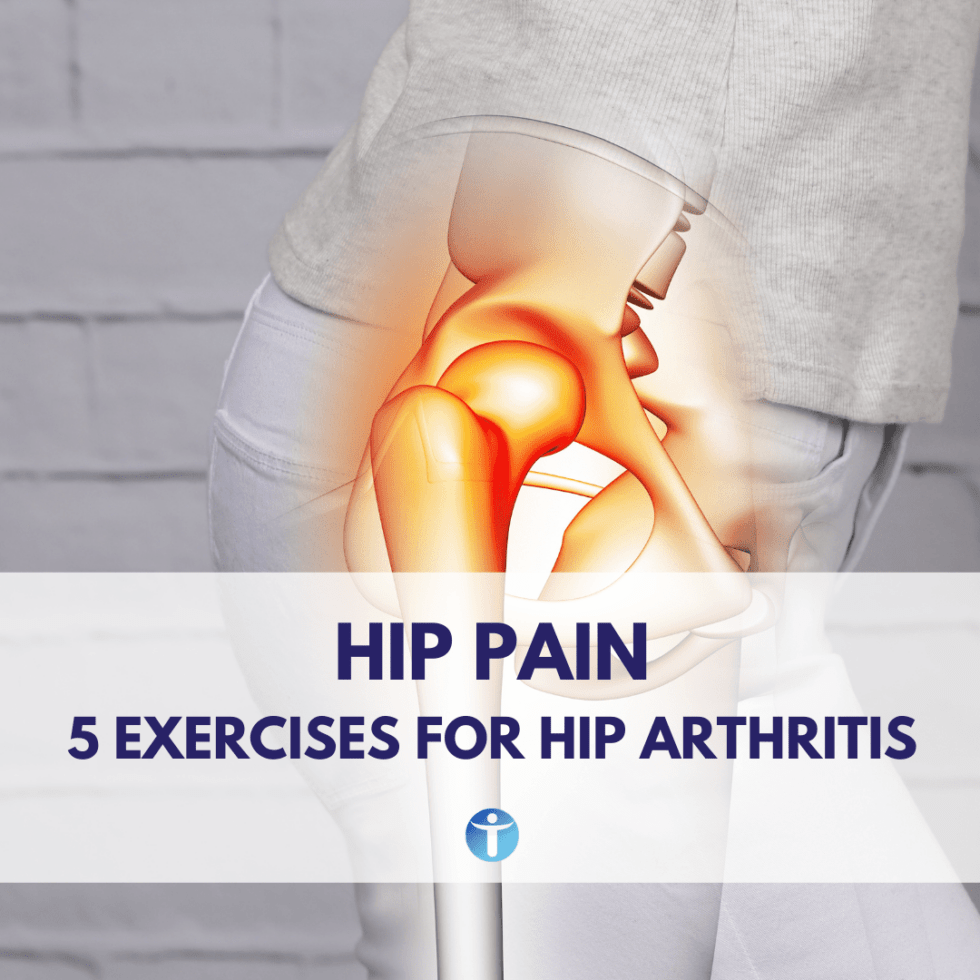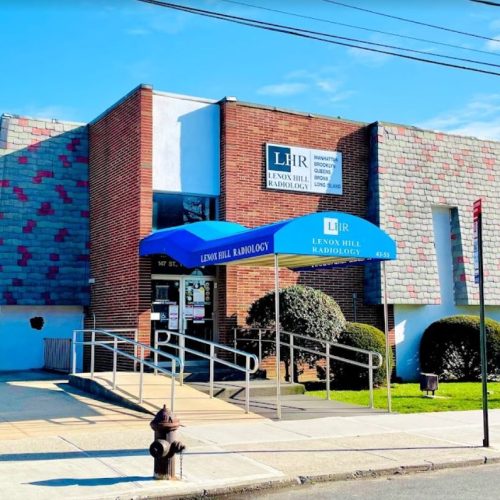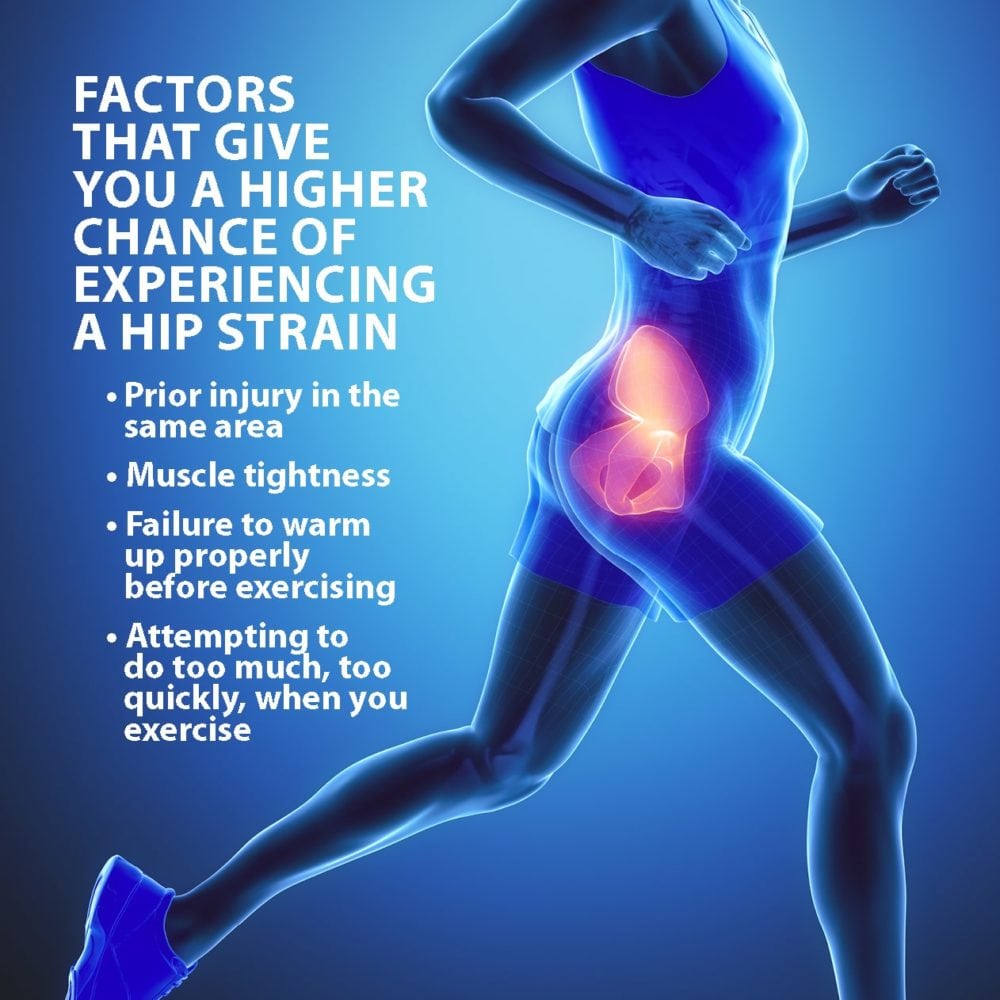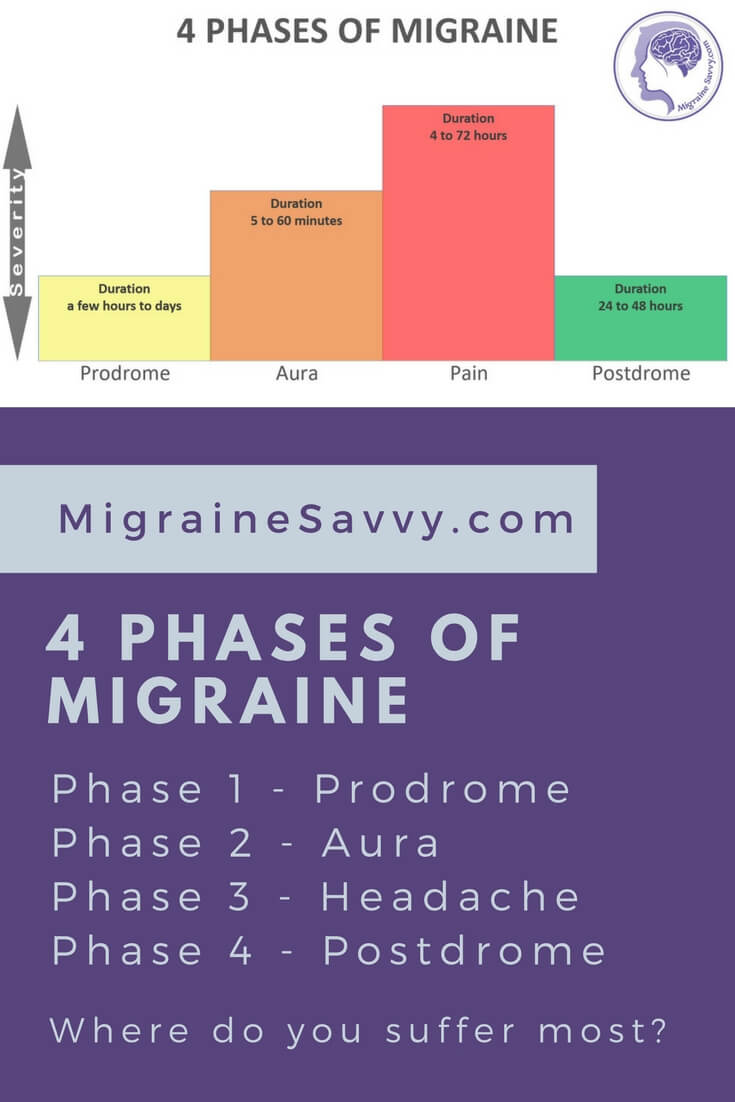Title: Preventing the Progression of Hip Arthritis: Strategies to Consider
Introduction:
Hip arthritis, also known as osteoarthritis of the hip, is a degenerative joint disease that causes pain, stiffness, and decreased range of motion. While it cannot be completely reversed, there are several measures individuals can take to prevent its progression and manage symptoms effectively.
1. Maintain a Healthy Weight:
Excess weight puts additional stress on the hip joints, accelerating the progression of arthritis. Maintaining a healthy weight through a balanced diet and regular exercise can reduce strain and slow down the degenerative process.
2. Engage in Low-Impact Exercises:
Low-impact exercises, such as swimming, cycling, and walking, help to relieve hip joint pressure while strengthening the muscles around the joint. Regular physical activity improves joint flexibility and promotes stability, reducing the risk of further damage.
3. Use Assistive Devices:
Supportive devices like canes, crutches, or even walkers can help offload weight from the affected hip joint and reduce pain during movement. Assistive devices provide stability and promote proper alignment, preventing further strain on the arthritic joint.
4. Protect Your Joints:
Avoid activities that involve repetitive, excessive movements or high impact on the hips, such as running or jumping. Instead, opt for non-weight bearing or low-impact exercises that are gentler on the joints.
5. Apply Heat and Cold Therapy:
Alternating between hot and cold therapy can help alleviate pain and inflammation associated with hip arthritis. Applying a warm compress or taking warm baths relaxes muscles and improves blood circulation, while cold therapy reduces inflammation and numbs the area.
6. Modify Your Home Environment:
Make necessary modifications to reduce strain on the hip joints at home. Use chairs with armrests and raised toilet seats to minimize the need for excessive bending or squatting. Install handrails in bathrooms and staircases to enhance stability.
7. Consider Physical Therapy:
A physical therapist can design a personalized exercise program to improve joint strength, flexibility, and mobility. They can also teach individuals techniques to protect their hip joints during daily activities.
Conclusion:
Taking proactive steps to prevent the progression of hip arthritis is crucial for maintaining quality of life. By adopting a healthy lifestyle, incorporating low-impact exercises, using assistive devices when necessary, and making necessary modifications to the home environment, individuals can effectively manage symptoms and slow down the degeneration process. Consulting with healthcare professionals and adhering to their recommendations will further support the effort to prevent worsening hip arthritis.
Does arthritis hip pain ever go away?
Managing osteoarthritis of the hip. There’s no cure for osteoarthritis, but there are things you can do for yourself that can make a difference to how the condition affects you. There are also some treatments available that could significantly reduce your pain and improve your mobility.
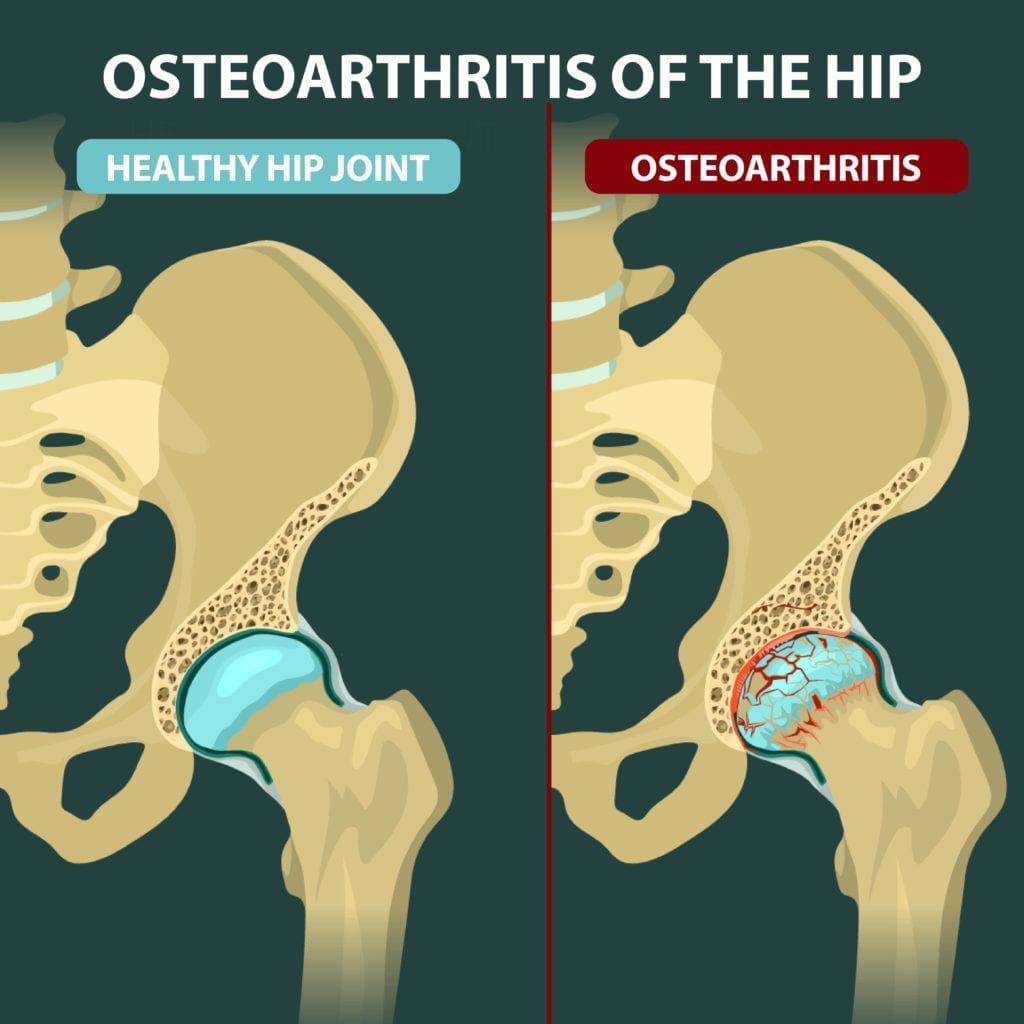
What is the best treatment for osteoarthritis of the hip?
– Activity modifications may help reduce painful flare-ups. …
– Lifestyle modifications, such as weight loss, can help reduce stress on the hip joint.
– Physical therapy exercises can help improve strength in the hip. …
– Heating pads can help soothe inflammation in the hip.
Is walking good for hip arthritis?
One of the most popular forms of exercise for hip arthritis, walking is one we can and should do every day. If you are just beginning a walking program, try to take a few 10-minutes walks a day. Start by walking slowly and build your speed and distance over time.
Can you live a normal life with hip arthritis?
Osteoarthritis of the hip results in pain, stiffness, and joint deformity. The symptoms of osteoarthritis can affect one’s ability to walk, work, and enjoy life. For most patients who have mild arthritis, pain can be managed with ice, rest, activity modifications, pills, or joint injections.
What not to do after hip fracture?
Don’t bend your hip past a 90 degree angle. Don’t cross your legs. Don’t twist your hip inwards-keep knees and toes pointed upwards. Do not engage in activities which increase hip pain/swelling (prolonged periods of standing or walking) for the first 7-10 days following surgery.
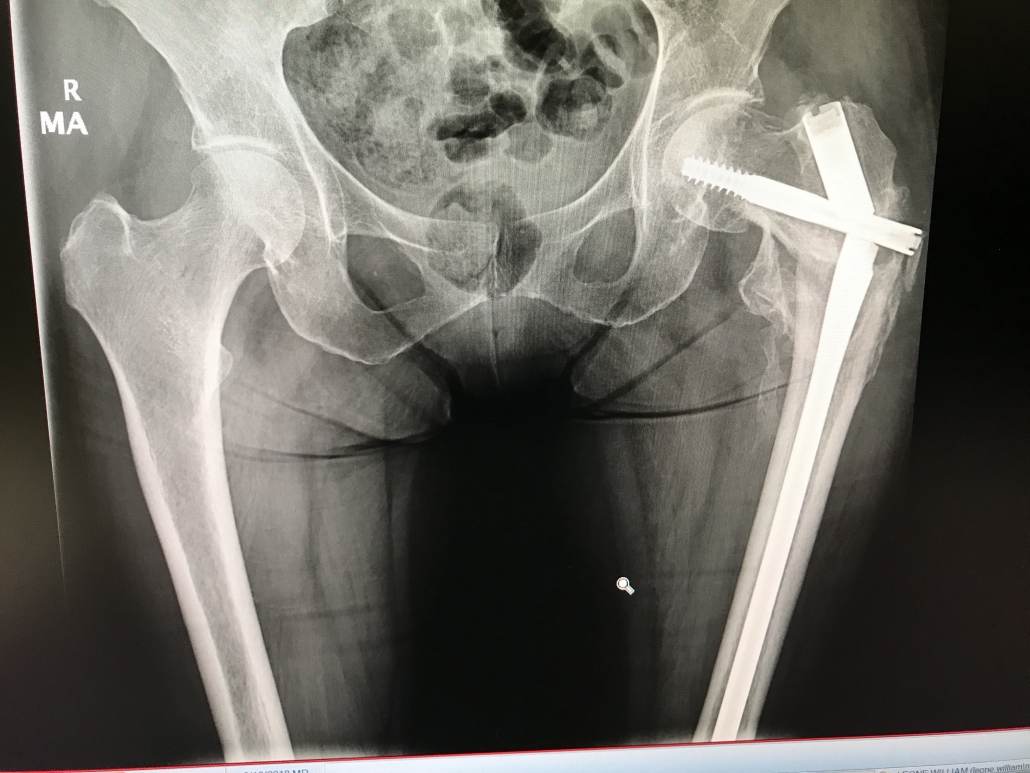
What movements should be avoided with a hip fracture?
They are advised not to lift or push heavy objects or sit in a chair for long periods of time and not to stoop, reach, or jump. When sitting, they should not cross their legs. Therapists teach people how to do their daily activities safely while their hip is healing.

How long after hip surgery can I bear weight?
Usually, you are allowed to bear weight as tolerated after total hip replacement surgery, especially on cemented replacements. Some patients who have cementless hip replacements require partial weight bearing for four to six weeks.
How much weight can I lift after hip replacement surgery?
Your doctor will discuss limitations specific to your condition, but in general, most competitive sports are not recommended while activities such as golf, swimming, and walking are often permitted. Repetitively pushing, pulling, and lifting objects weighing more than 25 pounds should be avoided.

How long does it take to walk normally after hip fracture?
It may take 6 months to 1 year for you to fully recover. Some people, especially older people, are never able to move as well as they used to. You will slowly return to most of your activities. You may be able to walk on your own in 4 to 6 weeks.
